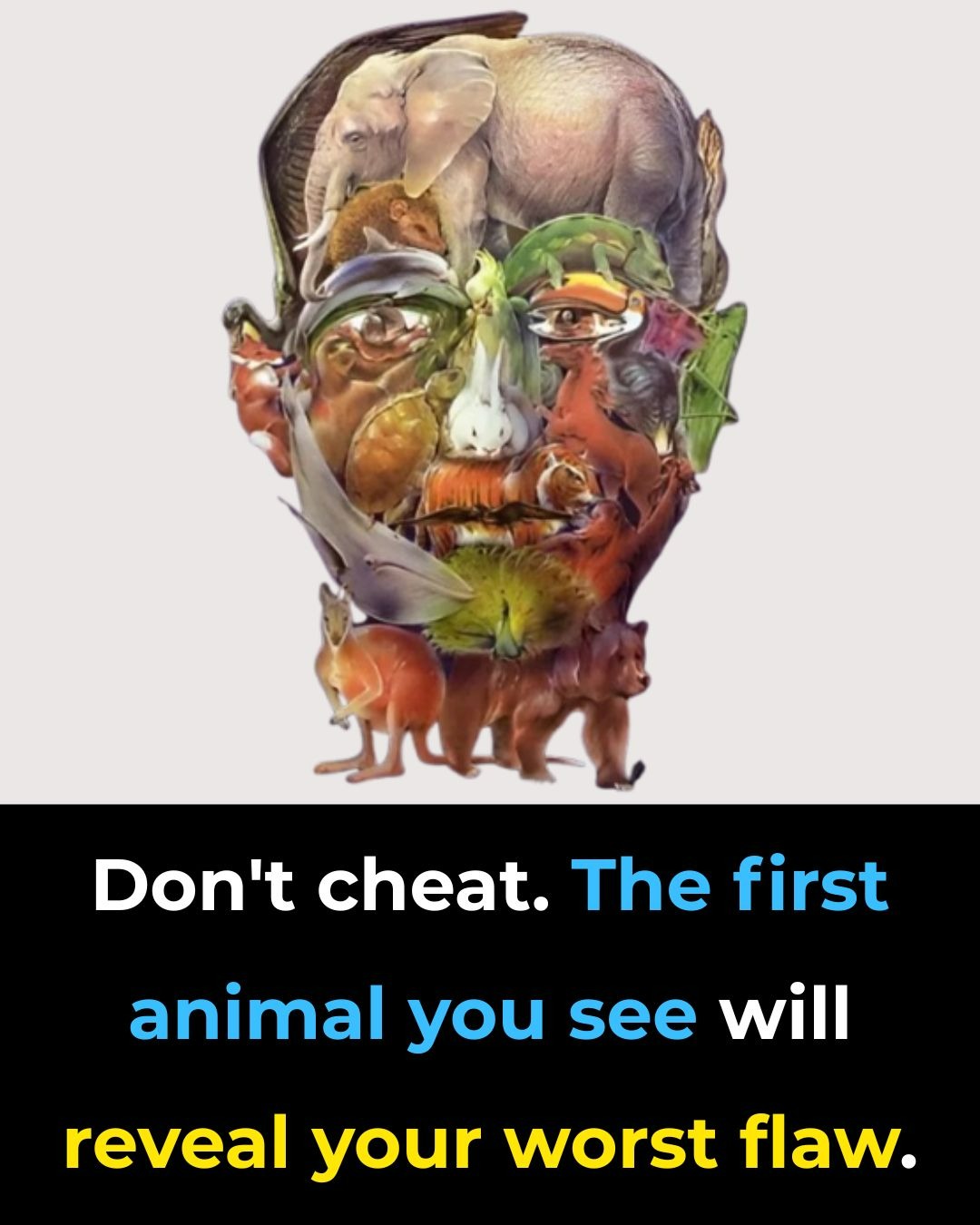It’s tempting to think that the first thing you see in a picture reflects your character or weaknesses, but research shows that it actually says more about your attention, experience, and current state of mind.
What Influences What You See
Several factors affect what catches your eye first:
-
Attention: Anxious individuals often notice threats first (e.g., a snake in the grass).
-
Experience: A birdwatcher spots birds instantly; a mechanic notices vehicles.
-
Emotions: Feeling sad? You may notice isolated figures in a crowd.
-
Expectations: If you’re told it’s a “hidden animal” image, your brain scans for shapes.
-
Fatigue or Stress: A tired mind may miss details or fixate on one area.
✅ This is normal cognitive processing — not a character flaw.
The Science Behind Visual Perception
Psychologists call this phenomenon “perceptual set” — the idea that your brain prepares to see what it expects or needs to see.
-
A doctor might immediately notice someone clutching their chest in a crowd.
-
A parent may spot their child first.
-
A hiker might notice a trail or an animal before anything else.
This doesn’t mean other perceptions are “wrong” — it just shows how brains prioritize different cues based on life experience and current focus.
How to Understand Your Perception
Instead of labeling your first impressions as “flaws,” ask yourself:
-
What was I focused on today?
-
Am I feeling stressed, alert, or distracted?
-
What matters most to me in this moment?
These shifts in attention are clues to your inner world, not proof of weakness.
Using This Awareness Positively
-
Practice mindfulness: Notice what you see without judgment.
-
Try optical illusions: Explore how your brain fills in gaps.
-
Discuss images with others: Learn how diverse minds perceive the same thing.
-
Reframe traits as strengths: Curiosity, caution, or sensitivity can be powerful assets.
Final Thoughts
You are not broken, flawed, or “wrong” because of what you see first. Your perception is shaped by:
-
Your brain
-
Your experiences
-
Your current focus
👉 You’re not defined by what you see first.
👉 You’re defined by how you treat yourself and others along the way.
Next time you take a “personality test” based on an image, smile. Enjoy the illusion, and remember: awareness, not judgment, is true wisdom.



